
Our process
how to make TV Commercials
How to make TV Commercials, how to create video. how to make TV Commercials process is essentially broken down into five different stages. These include:.
- The Briefing
- Pre-production
- Production
- Post-production
- The Release
how to make TV Commercials
The Briefing:
The briefing stage gives us a clear and concise picture of what lies ahead and the brief can also be handed to us by the client. This helps us identify the objective, and this stage comprises of 5 further segregation.
- Identifying the objective in order to maximize the resulting impact (which could be selling/explaining any kind of product, service or information).
- Identifying the target audience; and this would address aspects like age, sex, and demographics of the chosen market.
- Identifying the medium of choice; and these could include television, cinema, web, or even mobile.
- Identifying budget constraints.
- Identifying the deadline
Pre-production:
The pre-production stage has us doing all the groundwork and the planning. Again, like the briefing stage, this too is broken down categorically. However, not every assignment requires every component mentioned herein, as these do depend on a case-to-case basis.
The pre-production stage for TV commercials and advertsiement films for 35mm also works along similar lines. The segregation of this stage include:
- The Idea (Conceptualizing):
The first step in moving ahead with the pre-production stage is to thoroughly understand the needs of our clients through their briefs (however brief they might be); and this is followed by intense brainstorming sessions for the formulation of relevant and effective concepts. In case our clients come to us with an existing concept we do our best to improvise.
Once we have a foolproof concept to proceed with, we move to the scripting phase, and the completed script/screenplay is sent to the client for approval. Our clients’ approval matters the most, and we never shy away from going back to the drawing board to make any required changes. Only after we receive the go-ahead do we move to the next stage.
- Characters (Characterization):
The characterization largely depends on the requirements of the client, and could vary in between the use of real life characters (Aamir Khan endorsing Coca-Cola and Ranbir Kapoor endorsing Pepsi) or animated characters (Fido Dido of 7 UP) or even a mix of both (as is the case with the Vodafone campaign’s use of ‘ZooZoo’). Of course, there are requirements that do not need characters (the advert for Sony Bravia color being an example). Using characters can be quite beneficial though, as the audience can then identity with the product in question.
While some of our clients come to us with their own characters or mascots and ask us to revolve our work around the same, some others leave the characterization to us. In such scenarios, we either consider hiring a celebrity/model or creating animated characters, and this would primarily depend on the client’s brief and budget.
- The Storyboard (Storyboarding):
This stage depends largely on the project’s requirements, and could use one or more formats. These include:
- Text – This would include a shooting script describing the audio and video in question.
- Stills – This mode of the script’s representation through comic strip like imagery gives as a clear picture of the story’s progression, the poses, as well as the camera angles.
- Boardmatics – Also known as ‘animatics’ or ‘leica reel’. There are projects which call for additional planning and this could include animatics (the use of camera movements through still imagery) or the use of rough animation to establish timing patterns.
Irrespective of the format, the idea behind this stage is to get a good feel of how things will pan out before we actually get down to the real work, and this does help us save considerable time in the form of minimizing reworking in or after the production stage.
- Colors:
Some projects require us to use color scripting, and this essentially comprises of a colored storyboard with lighting. This is where the color art of the environment as well as the characters is conceptualized.
- Audio:
Our approach to the audio part of the project begins before the production stage, and this includes the music, any voice over, and effects. We approach the audio part of the project quite like a radio advert, and there are instances when we address the audio segment even before the storyboarding stage. In accordance to the project’s requirements, our audio team could be given the script as soon as it’s ready. Upon the creation of the audio and the storyboard, they are both interwoven, and we then have a storyboard with audio.
Thereby, this stage gives us the framework that is required to move to the next stage, i.e. the actual production.
Production:
The production stage mainly depends on the medium that is to be used. We start the following process while referring to the boardmatics we created in the pre-production stage.
- Creating an environment – This is the case if we are working with animation and this would have us working on creating props and backgrounds.
- Creating the animation – This comes into the picture only where there is need for animation, and would have us creating the required characters and props as per the brief.
- Identifying a location – This comes into play in live action film, and has us looking for or creating a suitable space/location.
- Shooting – Shooting enters the picture in projects that require live action, and the characters and the location then enter the fray.
While we’ve only mentioned animation briefly, understand that animation can be broken down into further mediums. These would include 2D, Flash animation, 3D, stop motion, cut out, experimental, as well as animation which utilizes one or more of the aforementioned mediums.
Post-production:
As with the previous stages, this too is broken down further. The various aspects of the post-production stage include the editing, audio mixing, changing of medium, censorship issues, etc.
The post-production stage for how to make TV Commercials, game teasers, corporate videos, etc. remains the same. This process is broken down as follows:
- Editing:
This is the winding up stage of how to make TV Commercials where all the scenes are put together is a systematic sequence. Once the animation or shooting is completed, all the shots are put together in our editing system, and we then refer to the storyboard/animatics to edit it in accordance.
- Mixing the Audio:
Audio is a critical part of how to make TV Commercials. If the audio that we created earlier is not in line with the animation, then the audio & visual aspects are synchronized again. Any required sound effects are then added, and choices for the final audio outcome include mono, stereo, DTS, Dolby, 5.1 channels, or 7.1 channels. The final audio outcome does depend on the brief as well as budgetary constraints.
- Transfer to Film:
Last stage of how to make TV Commercials is Transfer of the video/film for release. In case the visuals have been captured on 35mm film, then no such transfer is required. However, in case the visuals include animation or other digitally captured footage, then a transfer to film is required. If the advert is aimed at being made public in theatres then the video and audio segments are mastered together in the form of positive reel.
- The Preview:
The options for previewing the completed work include a hired film theatre (for projects done on film), and DVD or BLUE-RAY (for video productions) and video channels (Youtube, Vimeo) for online videos.
Final Release:
- Censorship:
Since a censor certificate is mandatory for the release of the ad, the reel or the DVD is submitted to the relevant authorities (the censor office) along with the required censorship application.
- Broadcast/Release:
Depending on the requirements, deals are either made with suitable television channels or film theaters or simply uploaded to online video channels. We can give the output in almost every possible format required by all broadcasters.
Since we are recognized as one of the better Ad agencies in Hyderabad, and since we understand that change is constant, we do our best to tweak the process in accordance to the changing times. After all, no less should be expected from any of the good animation studios in India. Now that you know how to make TV Commercials please mail us if you need any clarification. Please ignore all text beyond this because eveytime my seo analysis less that the keyword density is less. so I am pasting it here again How to make TV Commercials, How to make TV Commercials, one more time “How to make TV Commercials” maybe a couple of times more “How to make TV Commercials” “How to make TV Commercials” “How to make TV Commercials” “How to make TV Commercials” “How to make TV Commercials” “How to make TV Commercials” “How to make TV Commercials” “How to make TV Commercials”
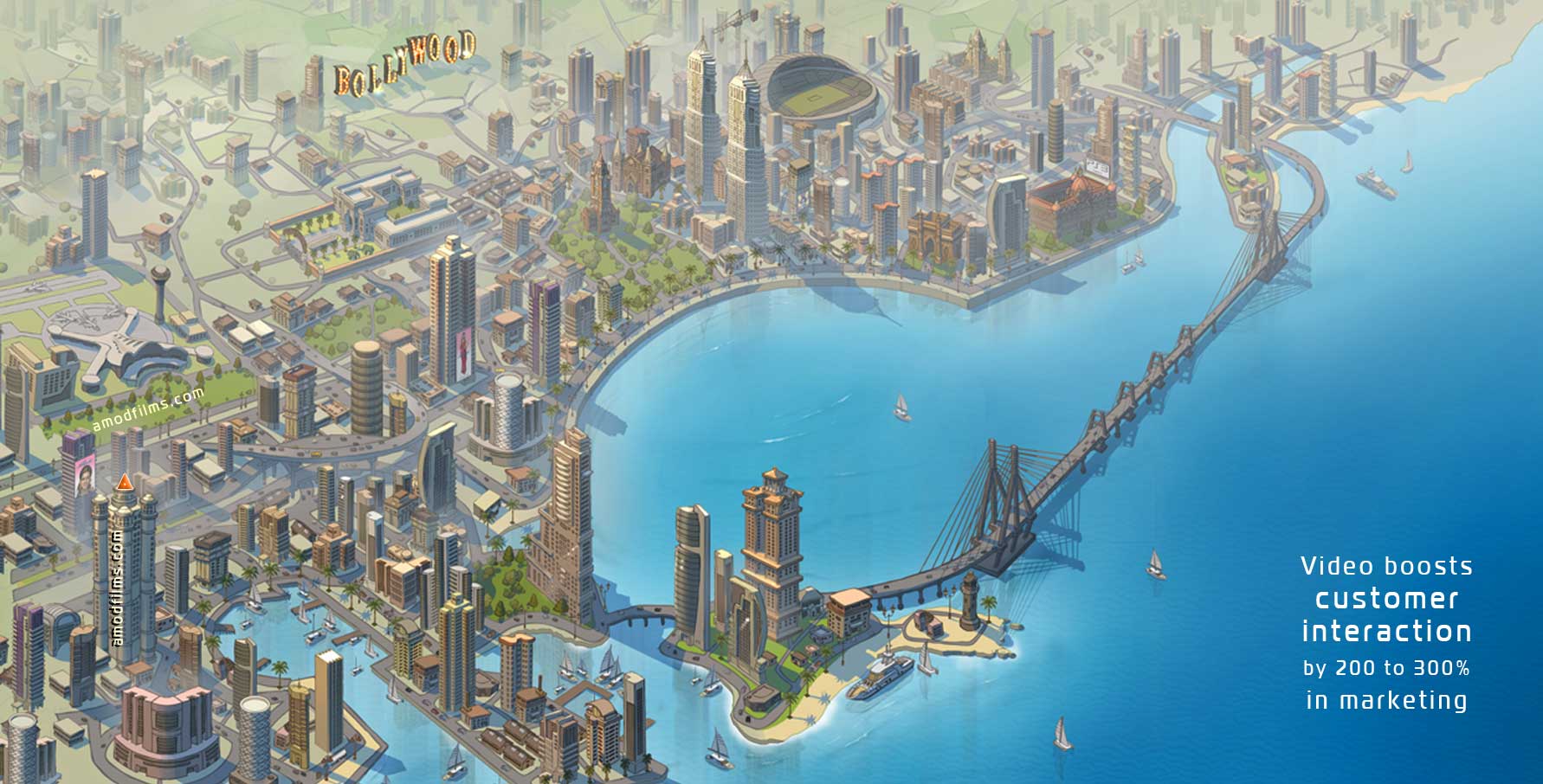















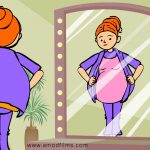
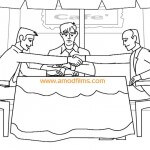
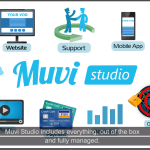
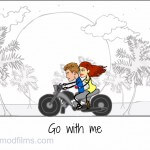
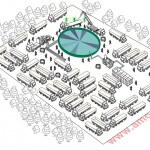
 Copyright 2013
Copyright 2013